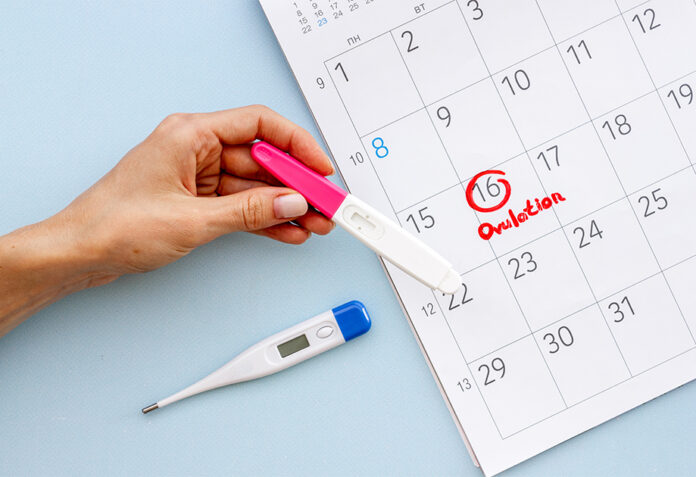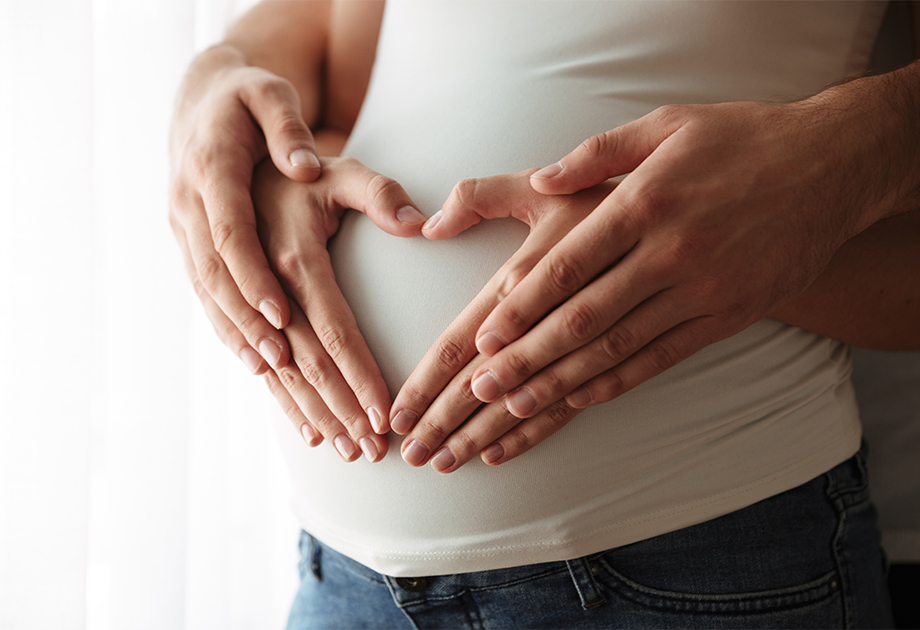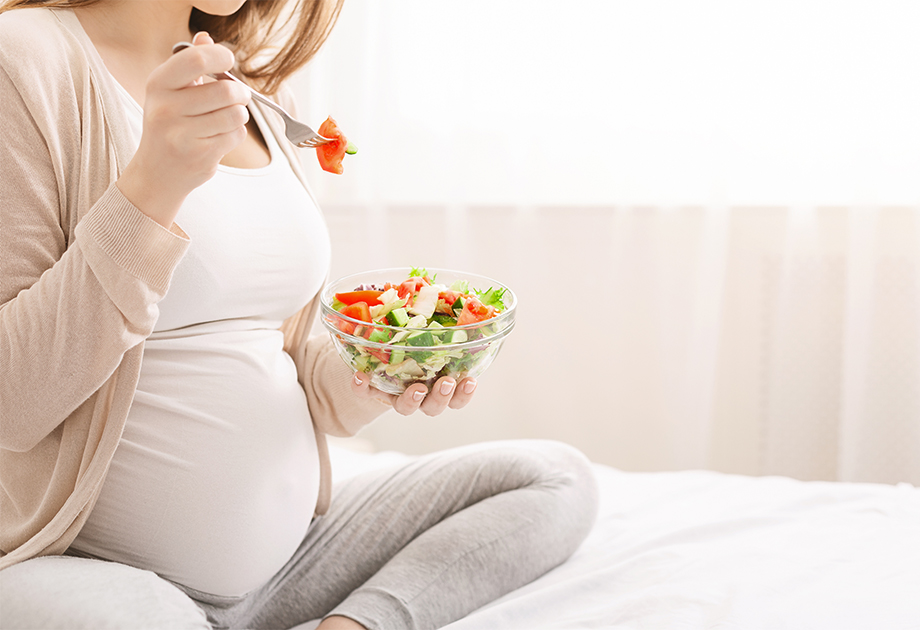When it comes to getting pregnant, the word “ovulation” is the most important. Understanding the Ovulation for Pregnancy window can help you get pregnant. Six or more days before ovulation, a woman has almost no chance of becoming pregnant through sexual activity. Understanding Ovulation for Pregnancy: Five days before ovulation, her chances of getting pregnant from having sex are about 10%. The likelihood of becoming pregnant increases by around 30% if women engage in sexual activity on the day of ovulation or the two days prior.
Let’s first know exactly what ovulation is.
Well, in simple terms, ovulation is when a mature egg is released from the ovary and moves down the fallopian tube, where it stays for 12 to 24 hours so that sperm can fertilize it. The chances of getting pregnant are highest during this time.
But how do you track ovulation?
Understanding Ovulation for Pregnancy : There are multiple methods through which we can calculate
The calendar method- Also known as Standard days method or menstrual charting can be used if your cycle is regular. Don’t worry the method is quite easy, so to estimate your ovulation days-
Determine the length of your menstrual cycle: Track your menstrual cycle for a few months to determine its length. The menstrual cycle is counted from the first day of your period to the day before your next period starts.
Find your fertile window. To find your fertile window, take your shortest menstrual cycle and subtract 18 from it. For example, if your shortest menstrual cycle is 26 days, subtract 18 from 26 to get 8. This means that you will likely ovulate on the 8th day of your cycle. Next, subtract 11 from the length of your longest menstrual cycle. For example, if your longest menstrual cycle is 32 days, subtract 11 from 32 to get 21. This means that your fertile window is between the 8th and 21st days of your menstrual cycle.
- Basal body temperature-Basal body temperature (BBT) tracking is a popular method for tracking ovulation. It essentially takes your temperature every morning before getting out of bed with a basal thermometer, which is more sensitive than a regular thermometer. The temperature is then charted or tracked in an app, and a slight temperature increase of about 0.5 to 1 degree Fahrenheit indicates ovulation.
- Cervical mucus method-When ovulation approaches, cervical mucus changes consistency from dry or sticky to wet and stretchy, similar to raw egg whites. This stretchy and slippery mucus facilitates sperm passage through the cervix to the egg. After ovulation, the mucus thickens and becomes sticky again.
- Ovulation predictor kits and apps-Ovulation predictor apps and kits are convenient ways to track ovulation. Ovulation predictor apps estimate ovulation using algorithms and cycle length and basal body temperature. On the other hand, ovulation predictor kits detect urine LH, which rises 24 to 36 hours before ovulation.
- Ovulation predictor apps require cycle length, basal body temperature, and other symptoms to track. The app then estimates your fertile window and predicts ovulation. Ovulation predictor kits require you to pee on a test stick and look for the darker line or digital readout. A positive result means you’ll ovulate in 12–24 hours, making it a good time to conceive.
- Tracking period- Another way to view your monthly cycle is by tracking your period. Once you know your cycle length and when your period is due, find the midway point, which is 14 days before your period is due. This is your ovulation window. Remember that conceiving during your period is unlikely but not impossible. So why? You could have sex on the last day of your period and ovulate early, allowing live sperm to enter and get you pregnant.
Some other bodily signs of ovulation include
- Ovulation pain- Experiencing a mild twinge of pain or cramping in your lower abdomen (this is called mittelschmerz).
- A libido boost-A natural increase in fertility and the body’s readiness to conceive can be indicated by an increase in libido (sex drive) during ovulation. Changes in hormone levels may also have an impact during this time.
- Changes in cervical positioning-In the hours leading up to ovulation, your cervix may become more flexible, open, and move up higher.
- Light spotting-Ovulation bleeding occurs when the egg is released from the ovary and a small amount of blood is also released. This spotting is usually very light and can last anywhere from a few hours to a day or two. Mild cramping or discomfort may also accompany it.
- Breast tenderness-Some women experience achy breasts and sore nipples as a result of fluctuating hormones.




